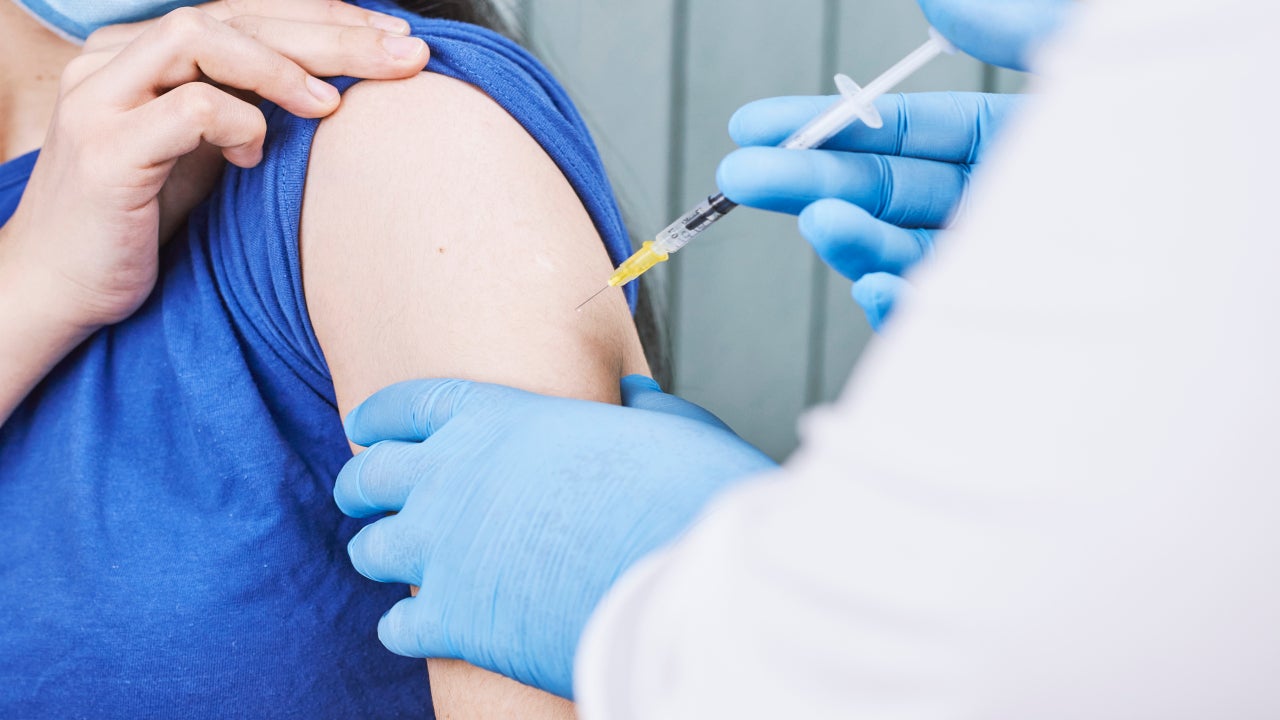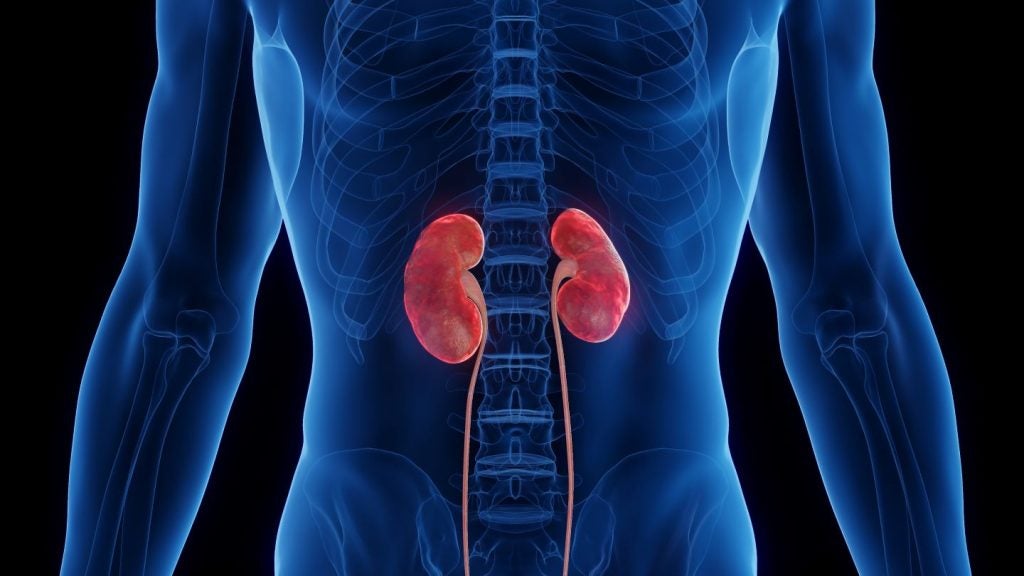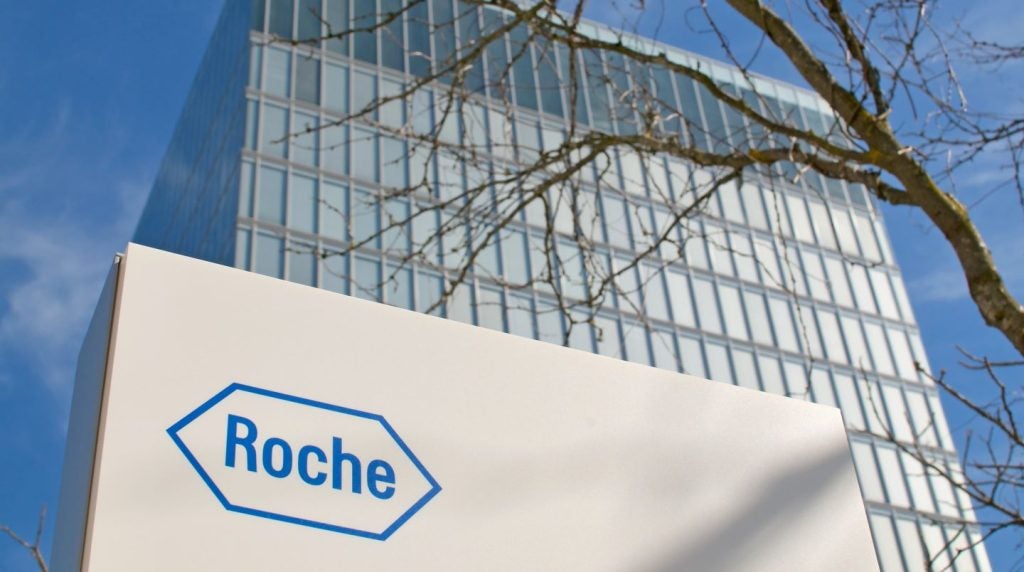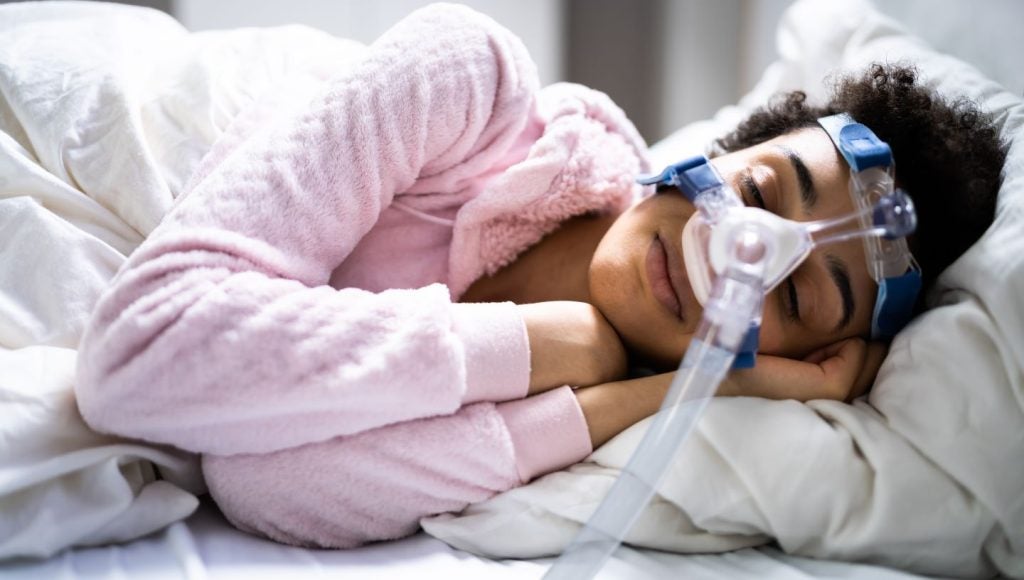
Investigators in Bharat Biotech’s Phase III Covaxin trial are having to reassure study volunteers who suspect they have received a placebo based on negative antibody test results in order to get them to remain in the trial, three investigators said. Though only a few volunteers have so far dropped out due to suspicions of being in the placebo arm, dropouts due to this reason could increase with more volunteers expected to receive their booster shot in the next few weeks, one of the investigators said.
With the India-based Phase III trial completing recruitment in the first week of January, all 25,800 Phase III participants are likely to receive their second dose by the first week of February, the investigators said. Covaxin is a two-dose 6μg vaccine administered 28 days apart. Helping ease concerns about the potential impact of healthcare worker participant dropouts, they only make up 5–7% of the Phase III volunteers, the first investigator noted.
Meanwhile, with decreasing daily Covid-19 case numbers in India, data collection in the event-driven trial may take longer than expected, the first and second investigators noted. The trial, with results expected in March, is designed to wait for 130 symptomatic Covid-19 cases, which would trigger a primary endpoint analysis. Nevertheless, it is possible that infection rates would increase in the next several months, or that daily case numbers do not reflect community transmission. Both would help the trial reach its infection event target on time, they noted.
One of the reasons why Covid-19 vaccine trials recruit healthcare workers is that they are at threefold increased risk of contracting SARS-CoV-2, this news service reported 3 September. Such volunteers allow for event-driven trials to reach their infection event targets, especially at times when there is decreasing community transmission, as reported 22 September. Covaxin was authorised in the first week of January, though it drew headlines due to the vaccine not having Phase III protection data. Some 30% of Phase III participants are classified as high-risk, which includes healthcare workers, people with comorbidities, and people older than 65 years old, the second investigator said.
A Bharat spokesperson said it could not reply by press time.
How well do you really know your competitors?
Access the most comprehensive Company Profiles on the market, powered by GlobalData. Save hours of research. Gain competitive edge.

Thank you!
Your download email will arrive shortly
Not ready to buy yet? Download a free sample
We are confident about the unique quality of our Company Profiles. However, we want you to make the most beneficial decision for your business, so we offer a free sample that you can download by submitting the below form
By GlobalDataHealthcare workers cognizant of possible surrogate markers for protection
As many as 10 healthcare worker Phase III participants have dropped out from one site on the heels of the participant suspecting they have received placebo, the first investigator said. Three out of the 26 trial sites have a vaccine versus placebo arm ratio of 3:1, and so these sites are less likely to have this issue, the second investigator noted, adding the rest of the sites have a 1:1 ratio. While a third investigator is aware of such a potential issue, he said related dropouts have yet to happen in all sites.
Before any vaccinations are done, Phase III volunteers are informed that blood samples collected are analysed using ELISA tests, which detect and measure antibodies in the blood, the first investigator said. And, with healthcare workers having heightened awareness that increased antibodies could be indicative of protection, some volunteers seek out antibody testing 14 days after the booster shot, the first and second investigators noted. The Phase III is designed to count infection events 14 days after the booster, according to its India Clinical Trials Registry listing. Healthcare workers can have access to ELISA tests, whereas antibody tests are commonplace, the first investigator added.
In situations where the volunteer suspects they are in the placebo arm, the volunteer sets up an appointment with the investigator, the first and second investigators said. In participants who used antibody tests, they are told it is neutralising antibodies that is most likely indicative of protection, and not just overall antibody rate increase, the first investigator noted, adding such information may steer them to stay in the trial. While some volunteers stay in the trial, others opt to drop out to get a vaccine, the first and second investigators said.
Both Covaxin and Serum Institute of India’s Covishield garnered emergency use authorisation in India in the first week of January, with the country’s first stage of vaccination campaign focusing on healthcare workers. Covishield’s authorisation is based off Phase II/III protection data from the University of Oxford/AstraZeneca’s AZD1222 vaccine, though Covishield has an India-based Phase II/III trial of its own. The Phase II/III Covishield trial’s recruitment started in August 2020, with the trial having an estimated duration of seven months (March 2021). AstraZeneca/Oxford had a technology transfer agreement with Serum Institute to develop Covishield.
On 21 January, this news service reported that finding data that would correlate immunogenicity, like antibody titre levels, and protection may be challenging to establish due to limitations of available results. In addition, there are lingering questions as to whether neutralising antibody levels is the right surrogate marker for protection. Various regulatory bodies have warned Covid-19 antibody tests are not accurate and some false positive or false negative results may occur.
Decreasing daily cases may delay infection rates in the Phase III
On 7 January, Bharat cofounder and joint Managing Director Suchitra Ella tweeted the trial has completed recruitment, with news reports from the same day adding efficacy data is expected in March. The Phase III has a primary efficacy endpoint of preventing symptomatic COVID-19 confirmed via RT-PCR. The first interim efficacy read-out can be done after 43 events, the second investigator said, with the third investigator noting that it is possible that interim efficacy could be available by the end of February.
However, there is growing concern that, with declining community Covid-19 case rates, the time it takes for the trial to reach its 130-infection event target would be longer than expected, the first and second investigators said. According to the Johns Hopkins Coronavirus Resource Centre, India’s daily Covid-19 case numbers peaked with 97,894 new cases on 16 September. Since then, the country’s daily numbers have decreased, with 14,840 new cases on Saturday (23 January).
While there might be a downward trend, it is still unclear if the recent numbers of daily cases are accurate, the first investigator said. There has been reduced contact tracing or Covid-19 testing than previous months due to the downward trend, he said. With schools starting to reopen in India, such contact tracing or testing could pick up, he added. While there was no surge of cases during winter, the change of season in the next couple of months could lead to a spike in daily cases, the second investigator added.
With local Covid-19 cases declining, there is potential of Phase III volunteers to be complacent in coming in for the booster, the third investigator said. But the first and second investigators disagreed, noting Phase III participants are engaged. Phase III volunteers are reminded that the booster is key to protection, which discourages them from skipping the next dose, the first investigator added. On Friday (22 January), Bharat’s Ella tweeted that 13,000 of the Phase III trial volunteers have received the second dose.
Clinical trial mode authorisation collects safety data
Since Covaxin does not have Phase III protection data, Indian Council of Medical Research chief Balram Bhargava said Covaxin’s authorisation is under “clinical trial mode,” according to 6 January news reports. Covaxin was authorised under this category based on its current safety and immunogenicity data, on top of the existing pandemic situation, including the risk of more transmissible variants, the investigators noted. The second investigator noted vaccinations outside clinical trials are currently government-run, with none done privately so far.
There are several differences between receiving the vaccine in the Phase III trial versus in the clinical trial mode, the second investigator said. In the event of side effects, in the clinical trial mode setting, this would be monitored and managed by the government and Bharat, the second investigator noted, adding, in contrast, this would be the sole responsibility of Bharat in the Phase III.
The third investigator said Covaxin’s overall side-effect profile is positive so far. The first investigator said volunteers in his site have only had mild side effects that can be managed within a few hours to a couple of days. In the Phase III trial, volunteers stay on the site for observation for at least 30 minutes, the third investigator added.
In the Phase I trial (NCT04471519), the most common solicited adverse events were mild-to-moderate injection site pain, headache, fatigue, fever, and nausea or vomiting (Ella, R, et al, Lancet. https://doi.org/10.1016/S1473-3099(20)30942-7). 16 January news reports show people with weak immunity, or those who have allergies, fever or a bleeding disorder should avoid the vaccine if possible. Covaxin features an inactivated SARS-CoV-2 virus.
All vaccine receivers, both in Phase III and in clinical trial mode, need to give informed consent after being told that, while there is safety and immunogenicity data, there is no protection data, the first investigator said. The consent form in Phase III is more rigorous and a more elaborate process, with the consent form in the clinical trial mode only one page long, the second investigator noted.
There is no efficacy collection procedure in the clinical trial mode, the second investigator added. Vaccine receivers outside of Phase III do not have their blood samples profiled, the first investigator added. There are investigator-led trials in the pipeline to gather vaccine efficacy data in clinical trial mode vaccine receivers, the second investigator said.
With no Phase III protection data, everyone who is given Covaxin is advised to wear masks and social distance, the third investigator added. It is reassuring that the stage one of the vaccination drive is focused on healthcare workers, who are more likely to stick to these guidelines than the public, he noted. While different vaccination sites can carry either Covaxin or Covishield, each site only carries one type of vaccine, the second investigator added.
Reynald Castaneda is Associate Editor for Clinical Trials Arena parent company GlobalData’s investigative journalism team. A version of this article originally appeared on the Insights module of GlobalData’s Pharmaceutical Intelligence Center. To access more articles like this, visit GlobalData.









Related Company Profiles
AstraZeneca Plc